Categories: Electrical Reviews
Number of views: 3126
Comments on the article: 0
Types of electrical tape, its properties and features
An electrical insulating tape (electrical tape) is a consumable material designed to insulate the conductors of wires and cables during various electrical and repair work.

In the first half of the 20th century, the developers of the American company Minnesota Mining and Manufacturing decided to develop an electrical insulating tape that would be not just a tape, but a self-adhesive tape.
At first it was decided to create such a PVC-based tape, but it turned out that tricresil phosphate (at the base of the plasticizer) makes the surface of the tape very oily and leads to the destruction of any adhesives that are applied to it. Later, chemists of the company found a new approach - they began to produce tape based on rubber and without sulfur content.
These first self-adhesive tapes were white and yellow. The white ribbon quickly became a thing of the past due to its instability to ultraviolet; it was replaced with black. In general, over 60 years of the history of electrical tape, its types have undergone 17 fundamental changes.
Modern electrical tape is elastic, has excellent dielectric characteristics, has high adhesion, is resistant to high humidity, temperature changes and the effects of chemicals.
PVC film for the production of electrical tape from many manufacturers has an identical composition. Differences are observed only in the composition of the plasticizer used. The adhesive base for each manufacturer has its own, but the general principle of composition is as follows: plasticizer, rubber glue, rosin and chlorinated resin. Insulating tape in the form of flat rolls (coils) of a width of 15 or 19 mm is sold, the length of the tape in a coil is usually 10, 20 or 33 meters.
In Russia, mainly only two types of electrical tape are produced - PVC and HB. They are widely used in the process of various electrical work. It is these types of electrical tape that are best suited for operational and repair insulation of cables and wires. Using these electrical tape, you can easily spliced cables in dielectric sheaths, unless of course these cables work in a static position.
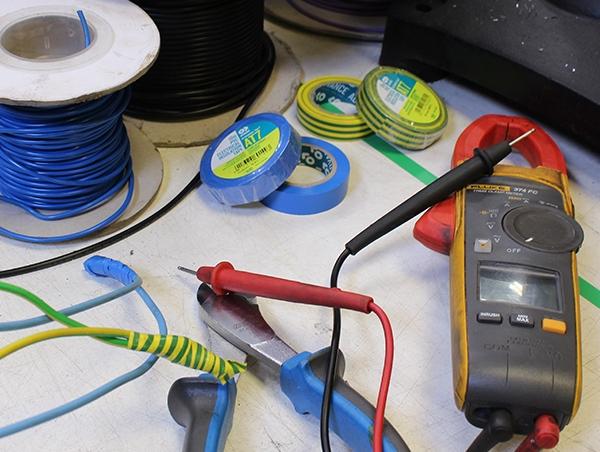
The main requirement for HB tape is electrical strength of at least 1000 volts and mechanical strength, the tape must be strong.
To ensure that the quality meets the requirements for electrical tape, PVC and CB tape are stored in special conditions: a closed warehouse, air temperature from +5 to + 35 ° C, humidity not more than 80%, at a distance of no closer than 1 m to heaters. Of course, insulating tape cannot be stored together with acids, chemicals, organic solvents and other aggressive media.
In general, today in the world a lot of different types of electrical tape are produced, which differ from each other in the base material and the corresponding application. Consider the most common types of electrical tape.
PVC insulating tape (GOST-16214-86) is the most popular, it is available in different colors, it stretches perfectly, thanks to which it can be used to wrap joints of almost any shape, not just straight cylindrical ones. The maximum working temperature of such an electrical tape is 90-105 ° C.
GOST 16214-86 (2003). PVC insulating tape with a sticky layer. Specifications: gost_16214_86_2003.pdf
The most popular blue PVC electrical tape:
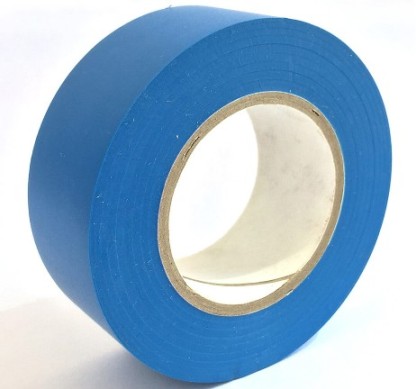
Legend has it that blue is stronger. And who are we to doubt it? :-)
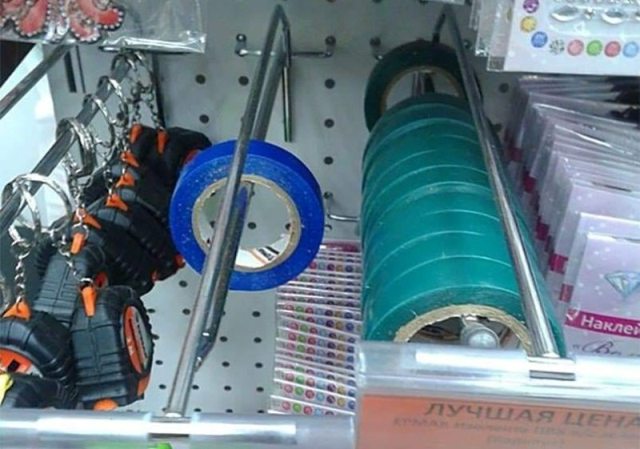
Rubberized Cotton Tape (GOST 2162-97) is also popular. This is a real artifact of the Soviet era.
In the countries of the former Soviet Union, it is still in special demand due to its low cost and characteristic behavior at high temperatures.It does not melt when heated; in extreme cases, it is charred. But the tightness of the insulation made by this tape is lower than with PVC tape.
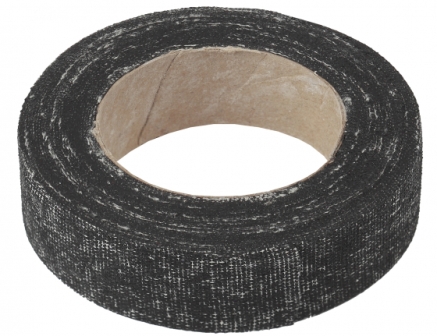
Fiberglass Insulating Tape (GOST 5937-81) refers to heat-resistant electrical tape. It perfectly absorbs varnishes and impregnating compounds, therefore it is often used in the manufacture of transformer windings.
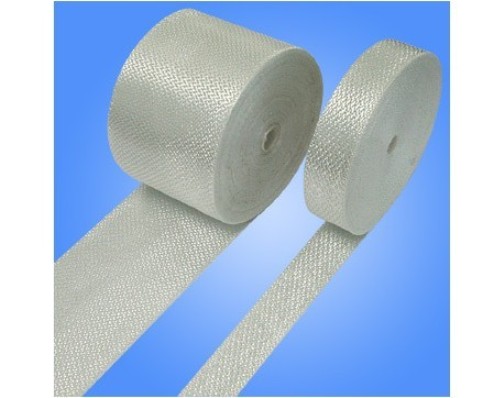
Silicone rubber tape (LETSAR TU 38.103171-80) is characterized by a tendency to self-adhesion, to the formation of a monolithic structure. Its heat resistance reaches 300 ° C, while silicone tape is flexible even in the cold.
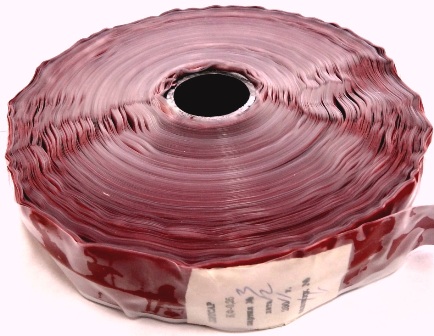
Polyester film tape popular in transformer manufacturing. It does not stretch, sometimes it has fiberglass reinforcement. The operating temperature of such electrical tape reaches 130-160 ° C.
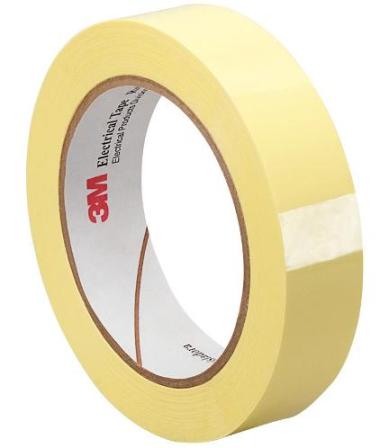
Polyimide film tape has heat resistance up to 300 ° C. This is her main distinguishing advantage.

Fabric tape and non-woven tape often used for cable harnesses, especially in automotive wiring.Insulating tape of this type is not used as the main electrical insulation.

How to repair a wire, cable or cord
Why do you need a heat shrink tube: types, specifications, how to use it
The most popular electrical insulation materials in electrical installations
See also at bgv.electricianexp.com
:
